Having an organized storage system for your bulk purchases can bring several benefits, such as efficient use of space.
Remove Excess Packaging
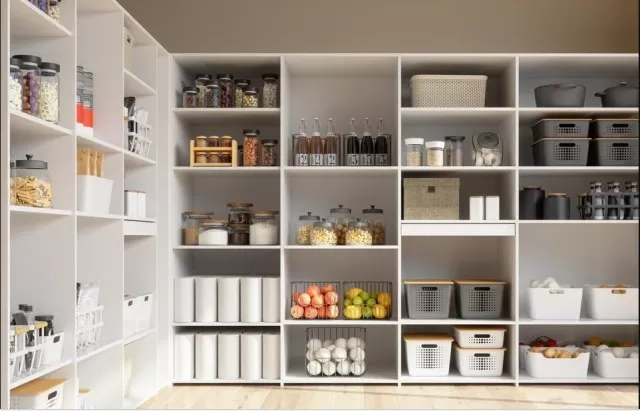
Removing excess packaging not only saves space but also allows for easier visibility and access to items.
Maintaining the storage system is crucial for its long-term effectiveness and ensuring everyone in the household is on board with the organization process is essential.
Creating a digital inventory list or using a memo board and shopping checklist are excellent ideas to keep track of items and avoid running out of essential supplies.
These strategies help maintain a well-stocked backstock and make it easier to identify what needs to be replenished.
By incorporating these steps, you’ll be able to streamline your backstock storage system, reduce clutter, and have a more efficient and organized home inventory.
Review and Adjust
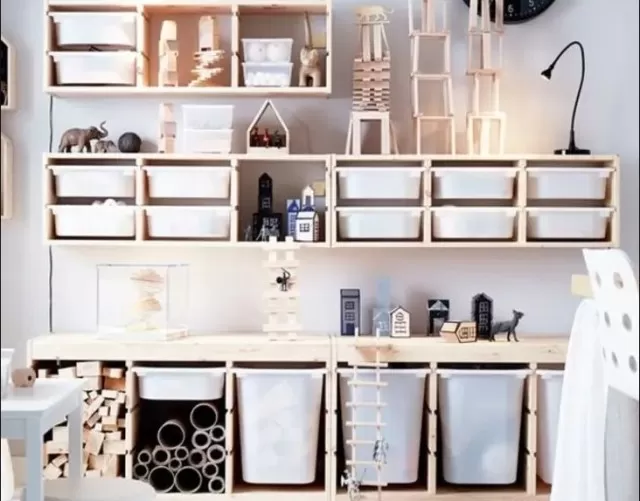
Take the time to review and evaluate your backstock storage system periodically.
Consider whether the current organization and storage solutions are working effectively for you. If necessary, make adjustments and improvements to optimize the system based on your changing needs.
Additionally, pay attention to any issues or challenges you encounter with your backstock storage.
Identify areas that may need improvement or require additional attention. By continuously reviewing and adjusting your storage system, you can maintain an organized and efficient backstock area.
By following these steps and implementing an organized back stock storage system, you’ll be able to manage your bulk purchases effectively, reduce clutter, and have easy access to the items you need when you need them.
Maintain and Rotate Stock
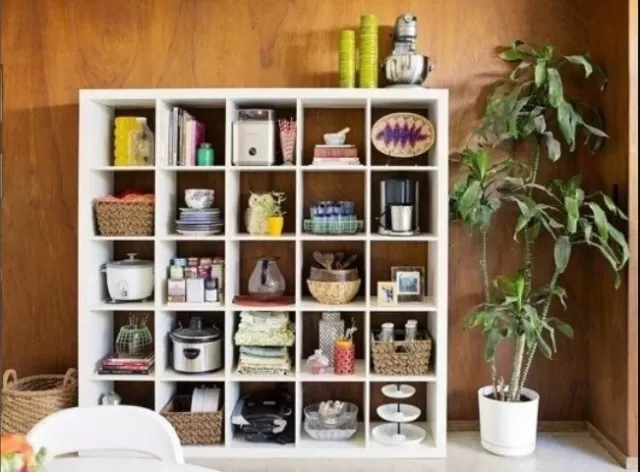
To keep your backstock storage system organized and efficient, it’s important to maintain and rotate your stock regularly.
Here are some tips to help you with this process:.
Regularly Check and Replenish:.
Set a schedule to check your backstock inventory and replenish items as needed.
This will ensure that you always have an adequate supply on hand and prevent you from running out of essential items.
First In, First Out (FIFO):.
When adding new items to your backstock, follow the FIFO principle, which means using the oldest items first.
Place newly purchased items behind the existing ones, so that the older items are used first. This will prevent items from expiring or going to waste.
Check Expiry Dates:.
Regularly check the expiry dates of perishable or consumable items, such as cleaning products or pantry goods.
Remove any expired items from your storage and replace them with fresh ones.
Declutter and Remove Unwanted Items:.
Periodically declutter your backstock storage space by removing items that you no longer need or use.
Donate or dispose of these items to free up space and keep your storage area organized.
Update Labels and Inventory:.
As you add or remove items from your backstock, update your labels and inventory list accordingly.
This will help you easily locate items and keep track of your supplies.
Regularly Maintain and Update
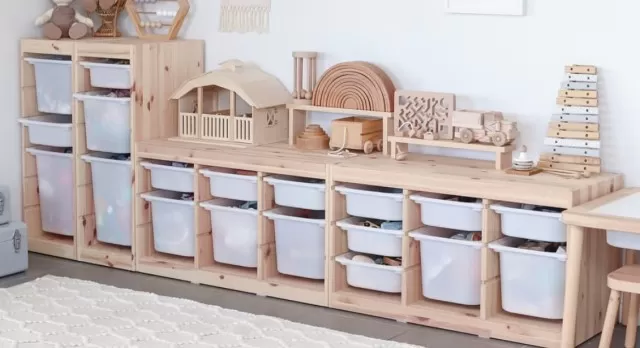
Regular maintenance is essential to keep your backstock storage system organized.
Schedule regular check-ins to declutter, clean, and reorganize the space. Dispose of expired or damaged items and update your inventory list accordingly.
As you use items from your backstock, make sure to rotate the stock and bring forward older items, so they are used first.
This will help prevent items from expiring or becoming wasted.
By following these steps and maintaining an organized back stock storage system, you’ll be able to easily locate and manage your bulk purchases, avoid clutter, and ensure that you have the supplies you need when you need them.
Arrange and Label
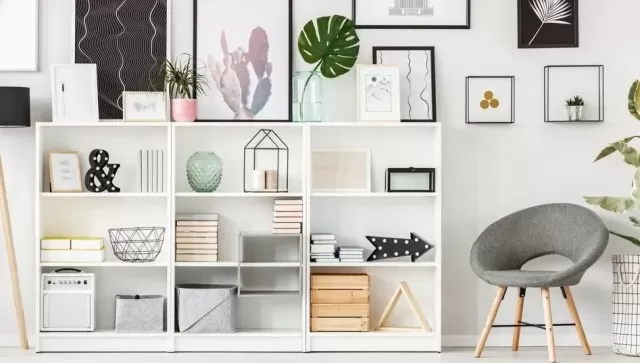
Arrange your storage containers and items in a logical and efficient manner.
Place frequently used items within easy reach and reserve higher or lower shelves for items that are less frequently needed. Categorize your items and keep similar items together to simplify the retrieval process.
Labeling is key to maintaining an organized back stock storage system.
Use labels or tags to identify the contents of each container or shelf. This will help you quickly locate specific items and ensure that everything is returned to its proper place after use.
Use Storage Containers and Organization Tools

Once you have designated your backstock storage space, it’s time to choose the right storage containers and organization tools to keep everything tidy and accessible.
Here are some suggestions:.
Clear plastic bins:.
Invest in clear plastic bins or containers with lids to store your items.
Clear bins allow you to see the contents at a glance, making it easier to find what you need. Label the bins with the category or contents using adhesive labels or a label maker for quick identification.
Shelving Units or Cabinets:.
Install shelves or use freestanding shelving units or cabinets to maximize vertical space.
This will help you make the most of your storage area and keep items organized. Adjustable shelves are especially useful as they can accommodate items of different sizes.
Drawer Dividers:.
If you have drawers in your storage space, use drawer dividers to separate smaller items or categorize items within a larger category.
This will help you maximize drawer space and keep things organized.
Baskets or Wire Bins:.
Utilize baskets or wire bins to group similar items together.
For example, you can use a basket for extra cleaning supplies or a wire bin for miscellaneous household items. This will prevent items from becoming scattered and make it easier to locate what you need.
Over-the-Door Organizers:.
Make use of the space behind doors by installing over-the-door organizers.
These can be used to store items like cleaning supplies, toiletries, or small pantry items. This will free up shelf or drawer space and provide easy access to frequently used items.
*The information is for reference only.